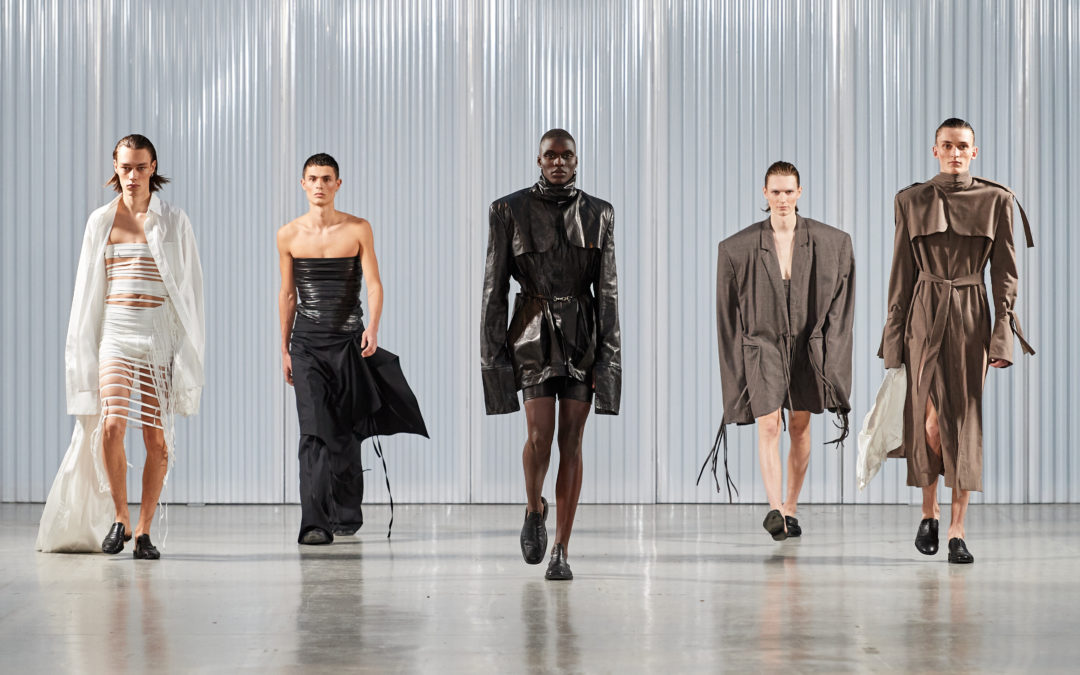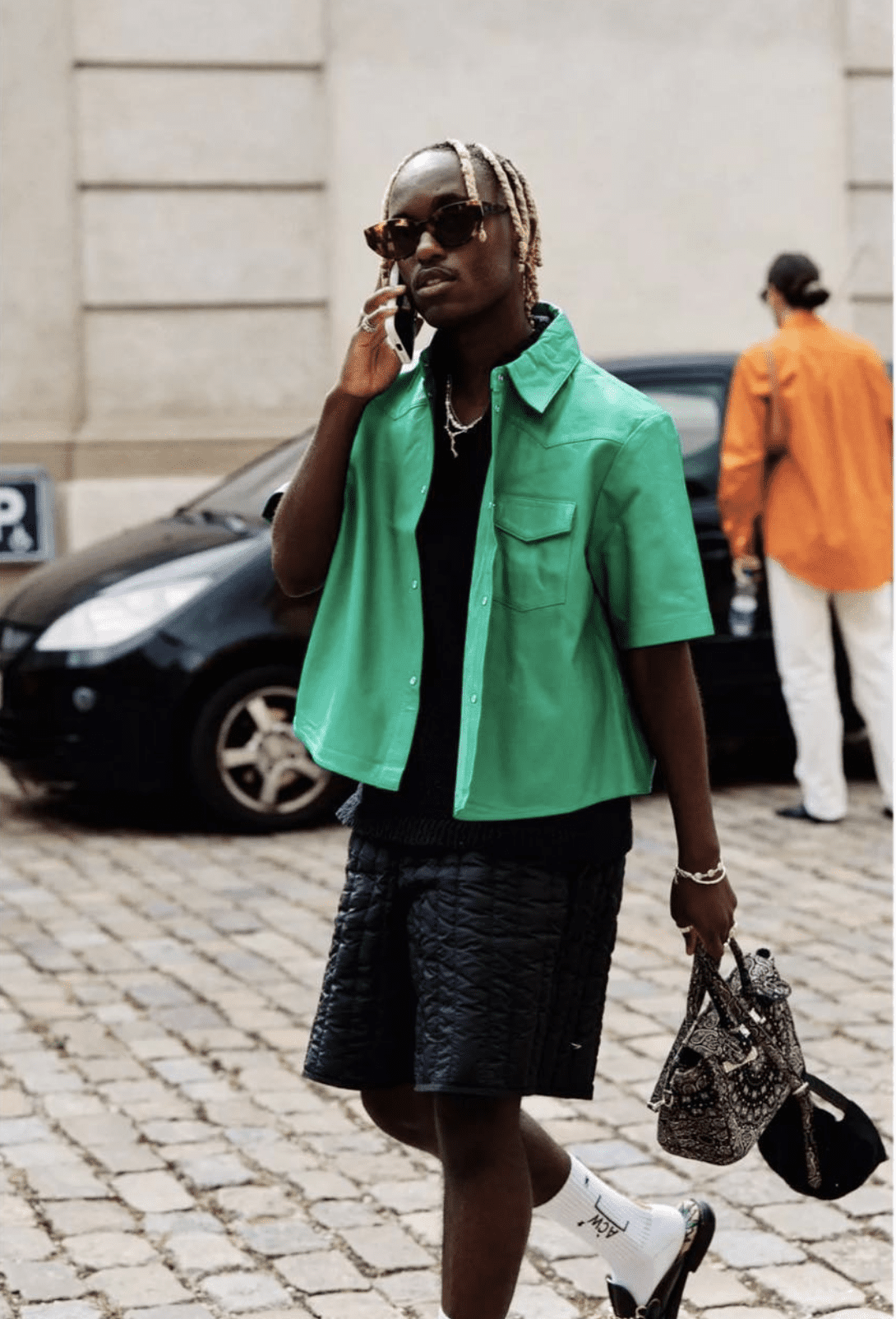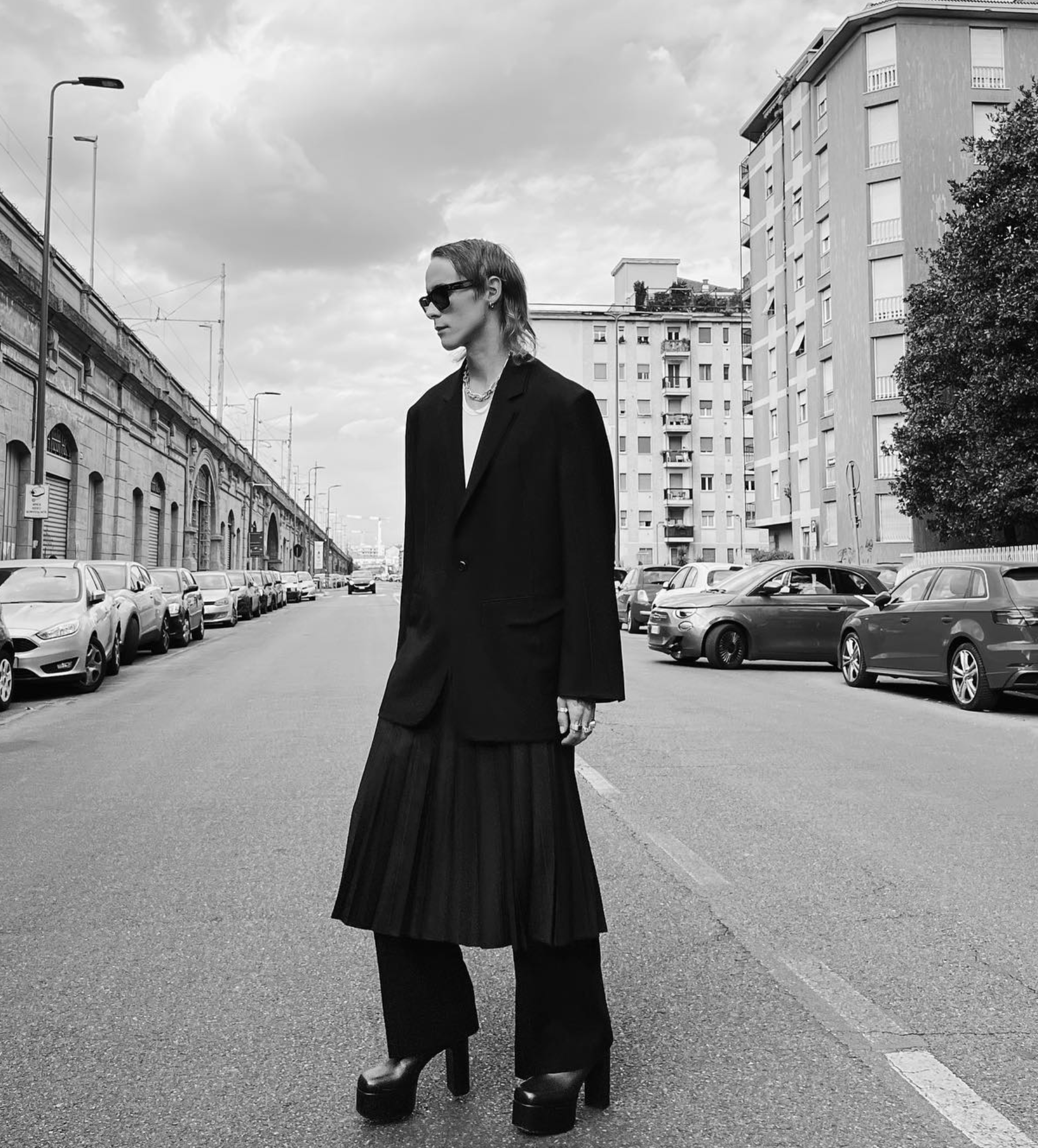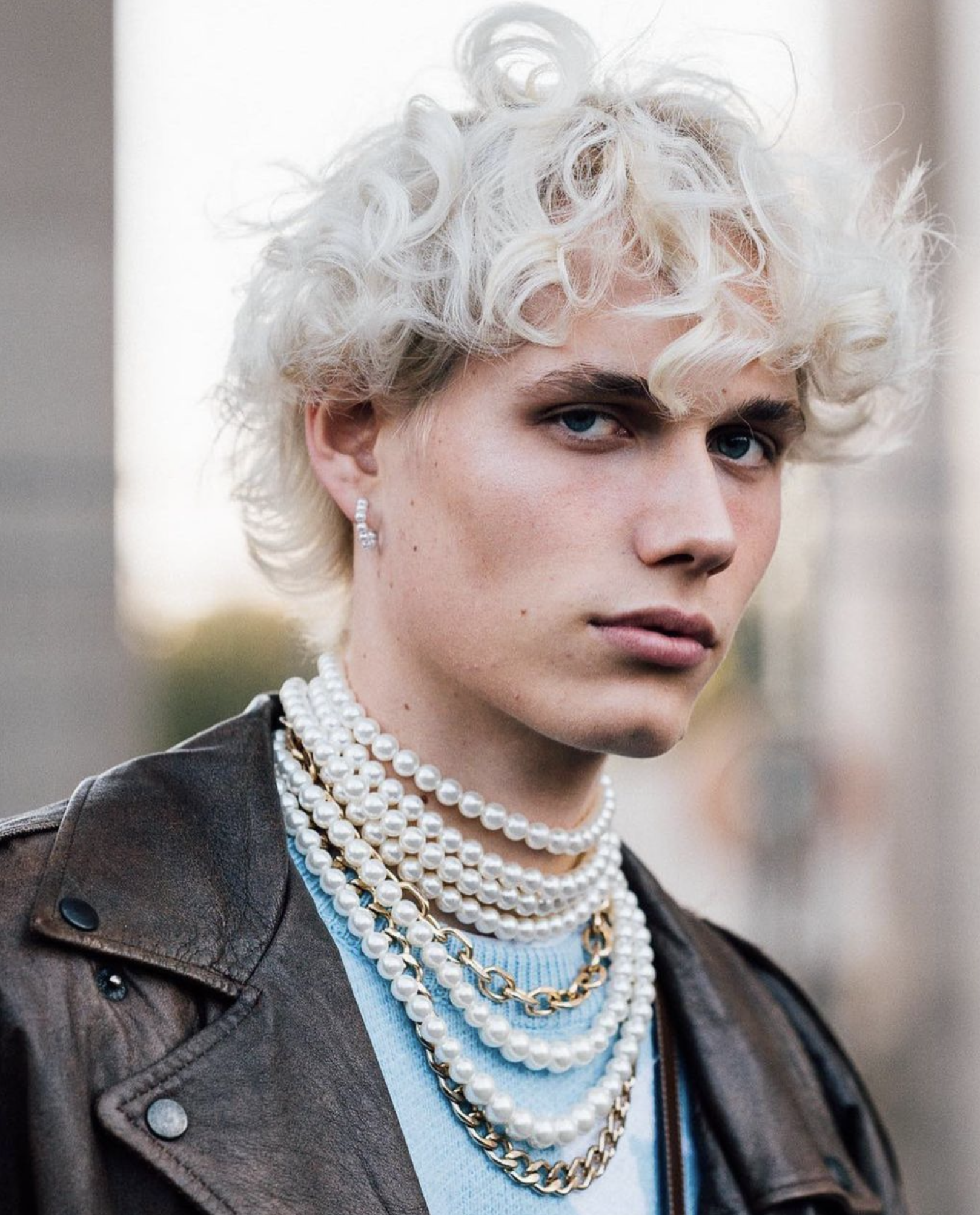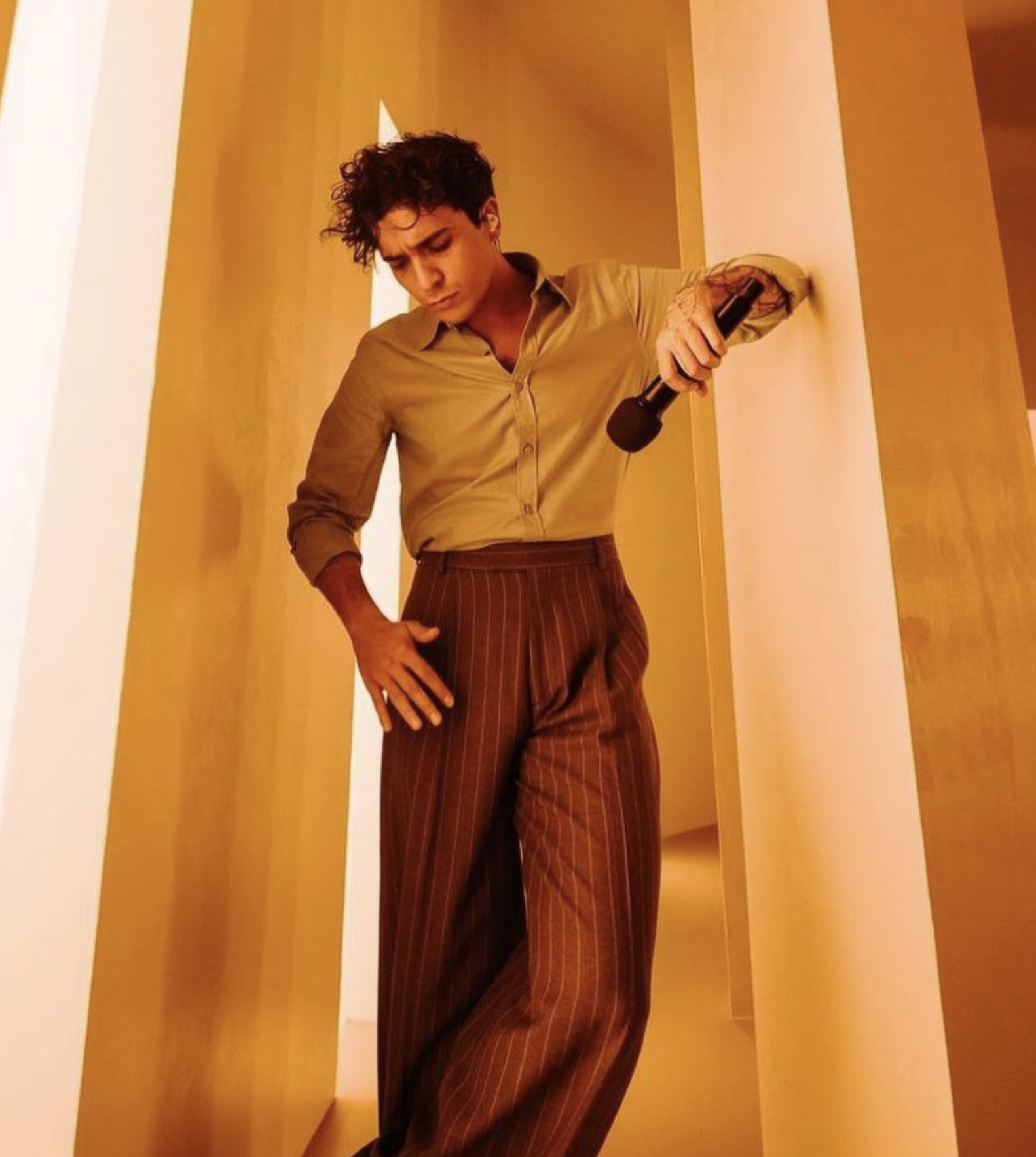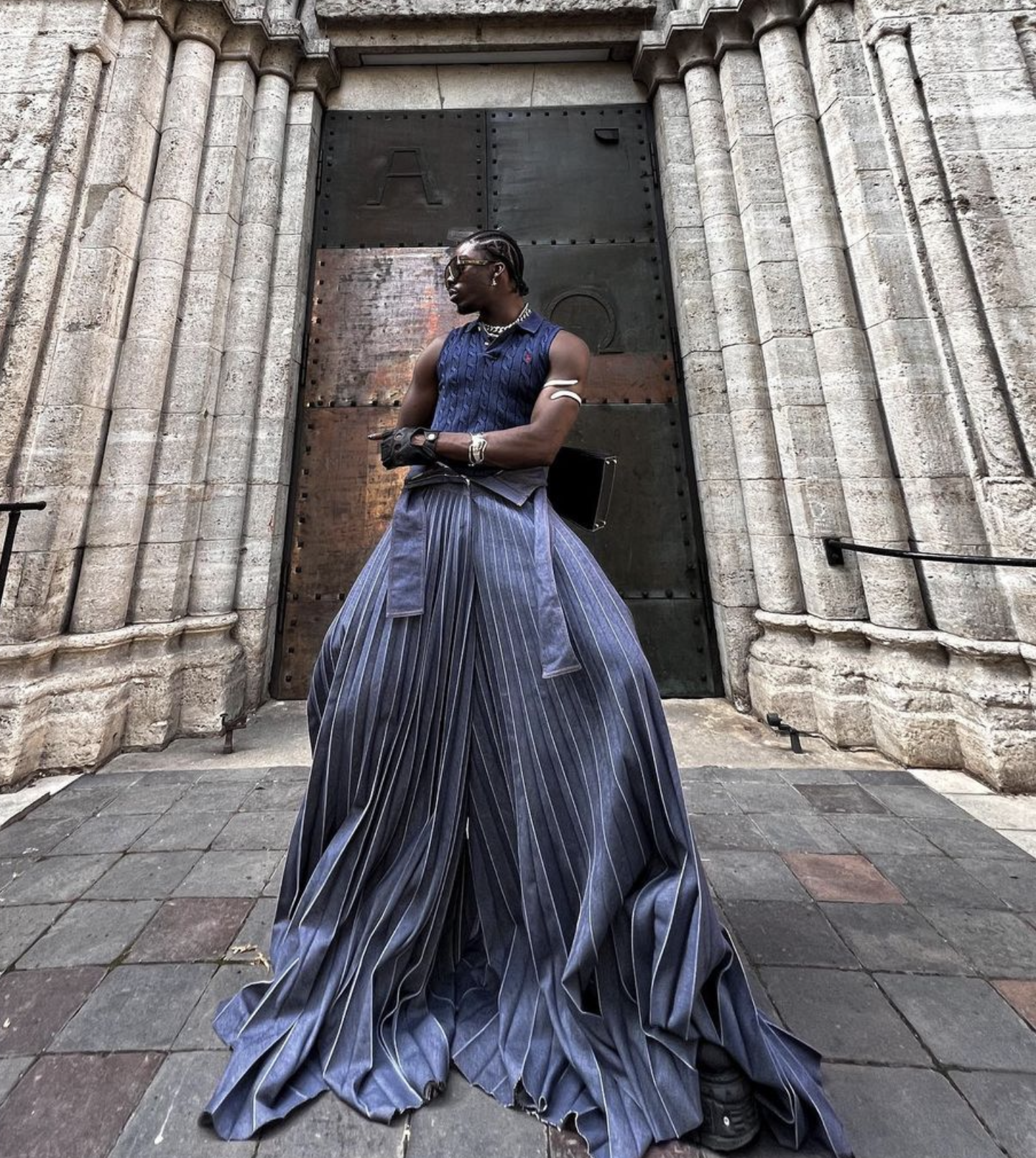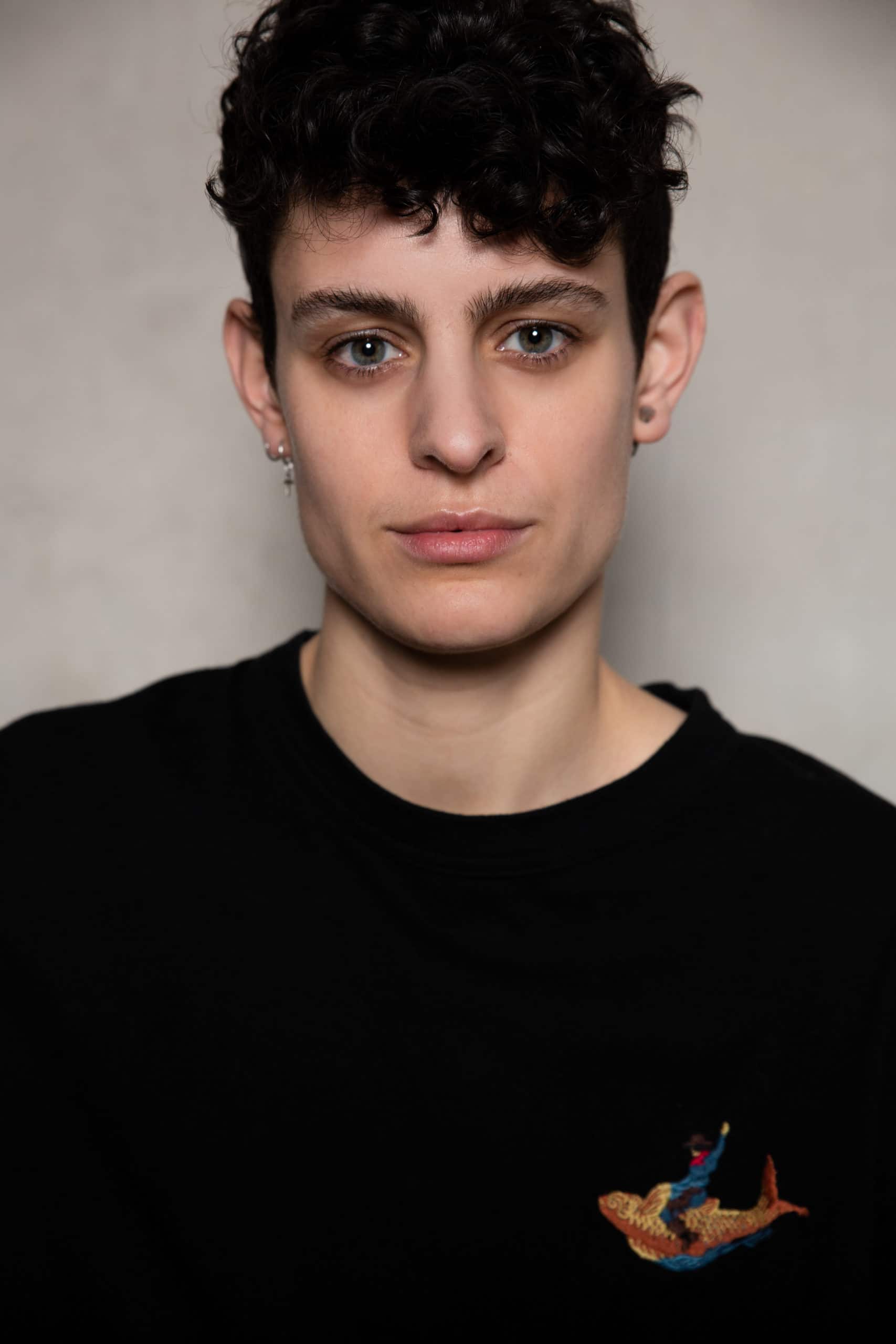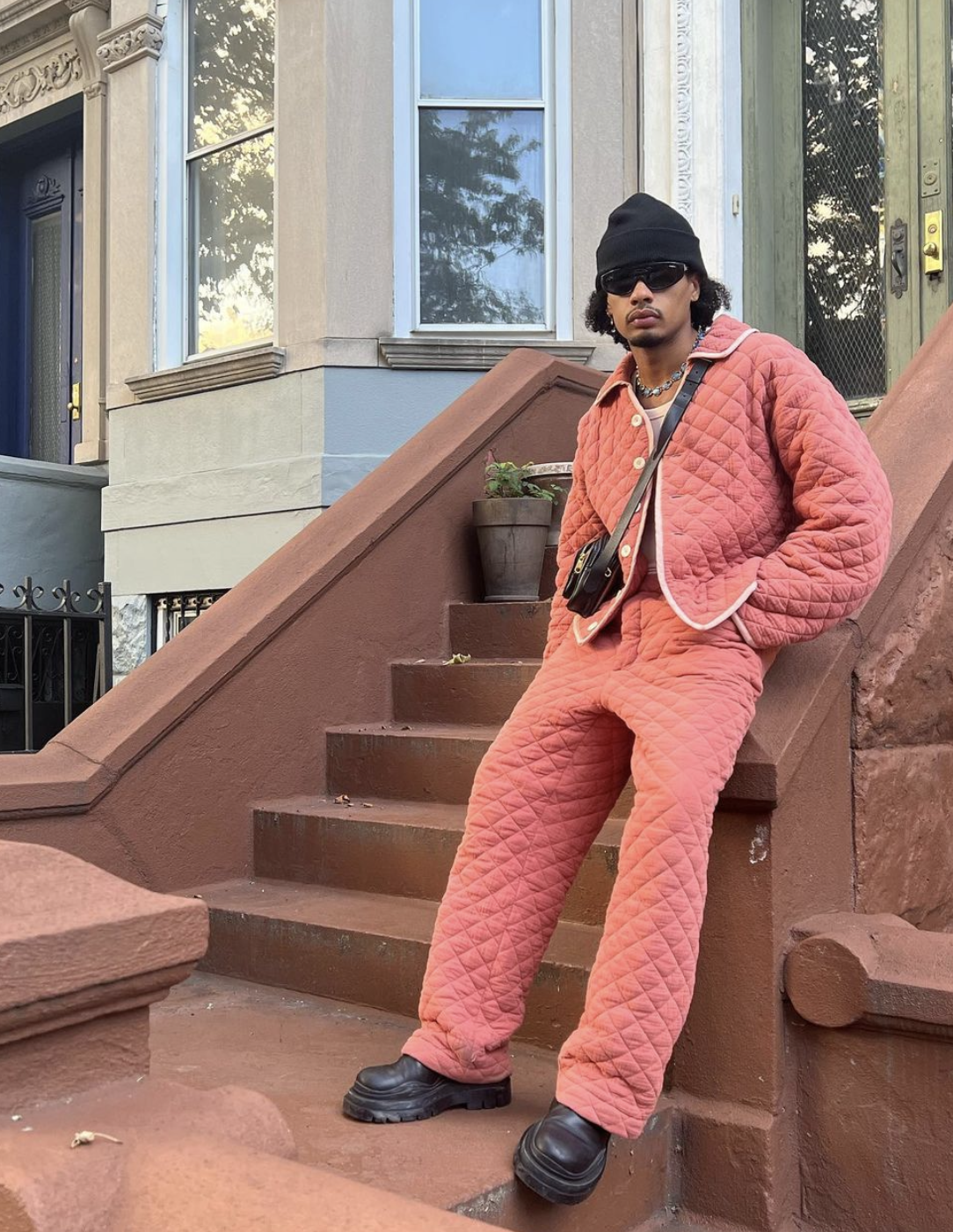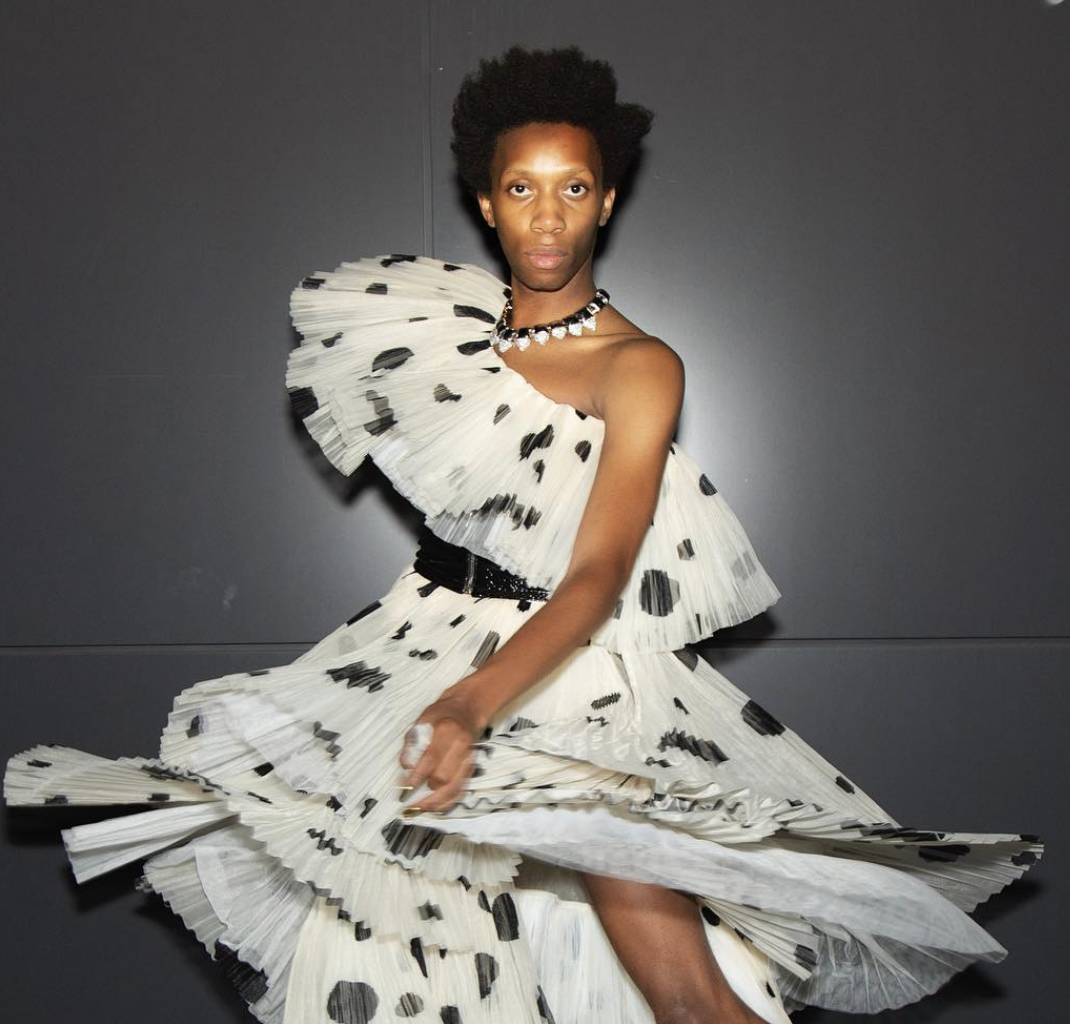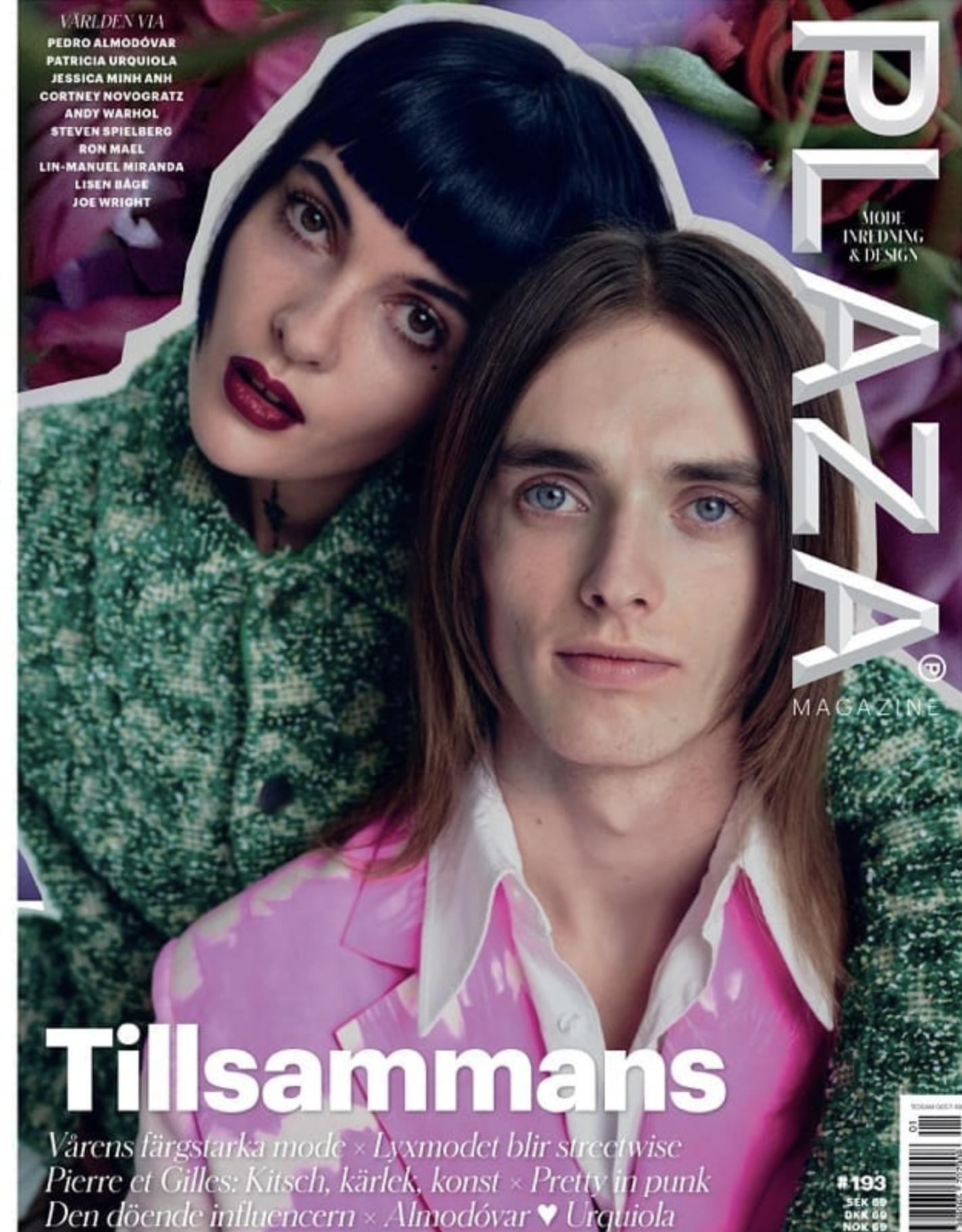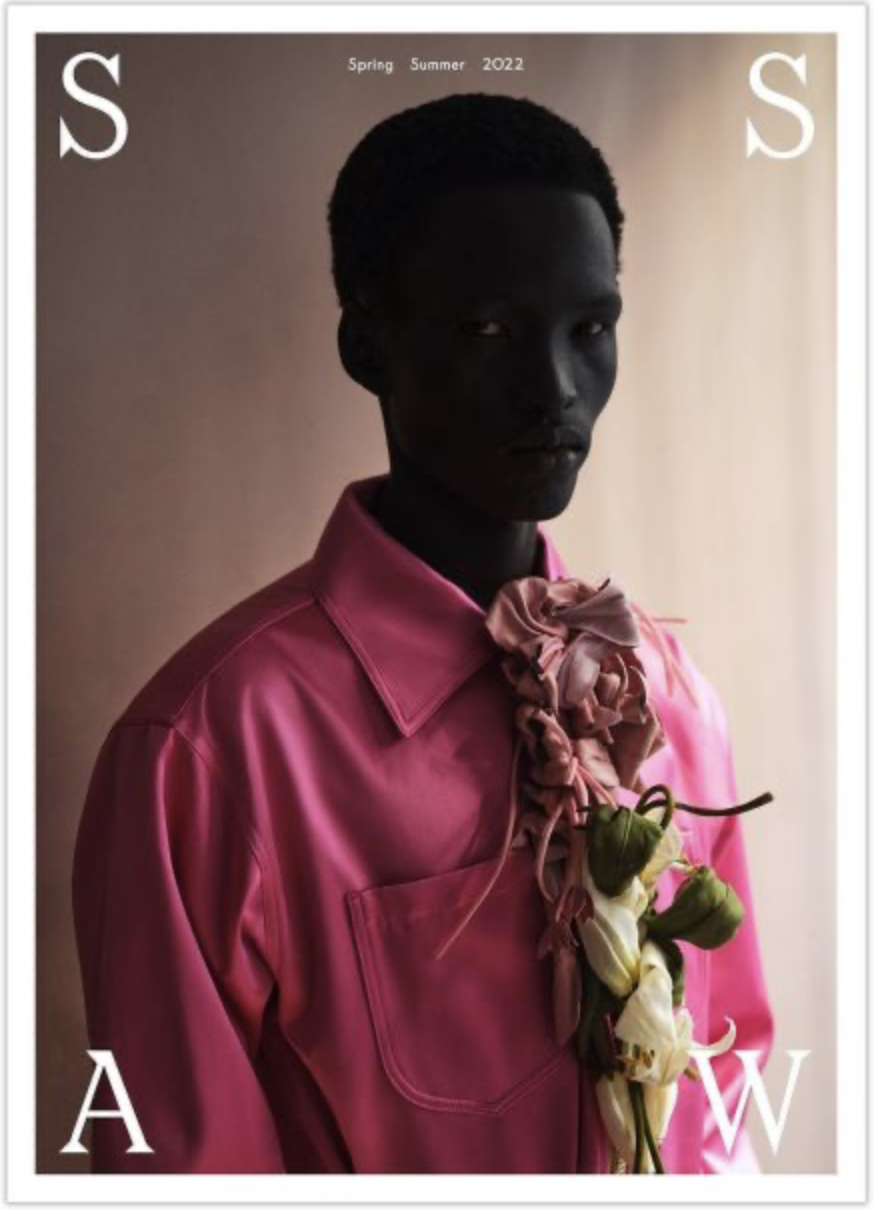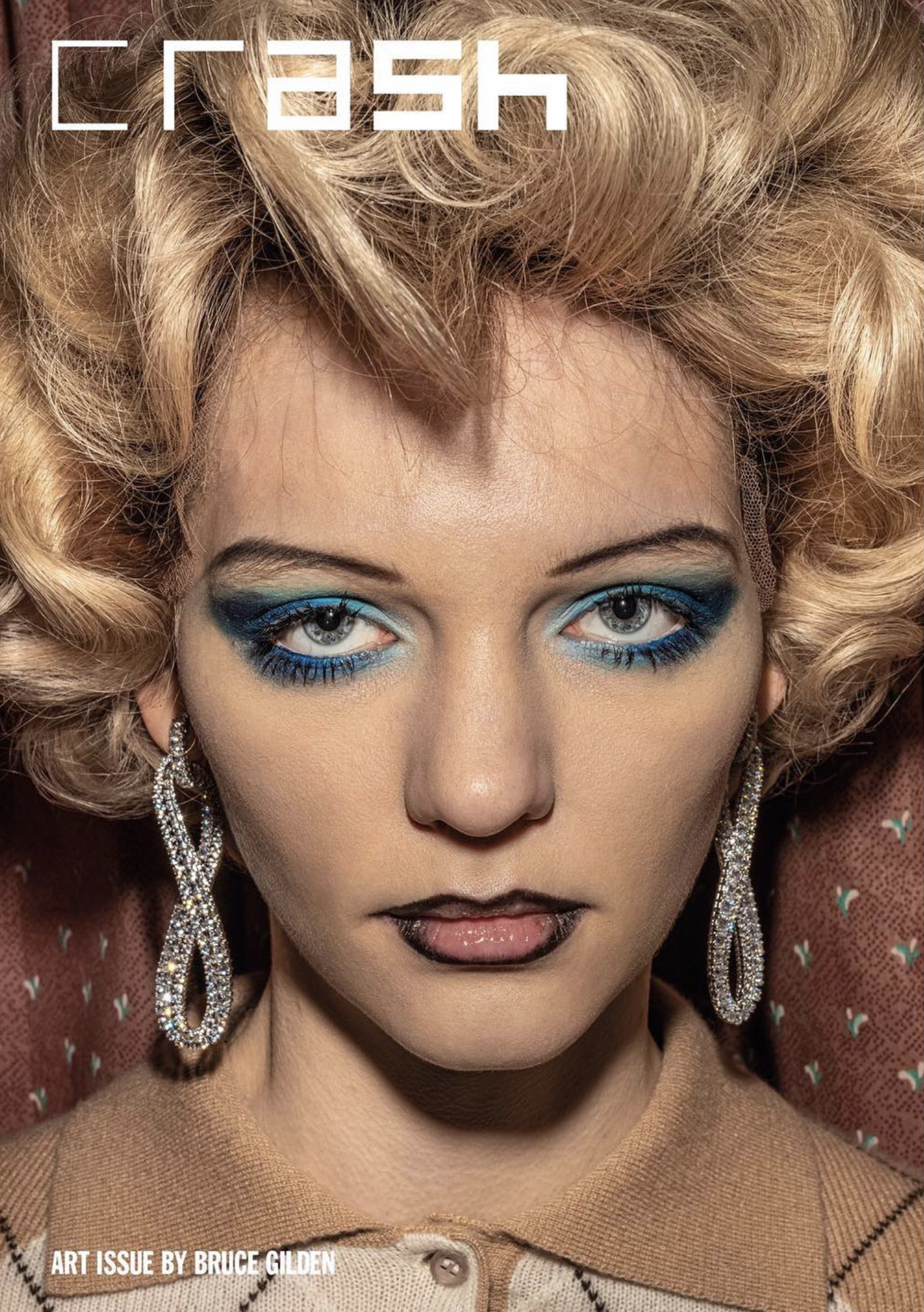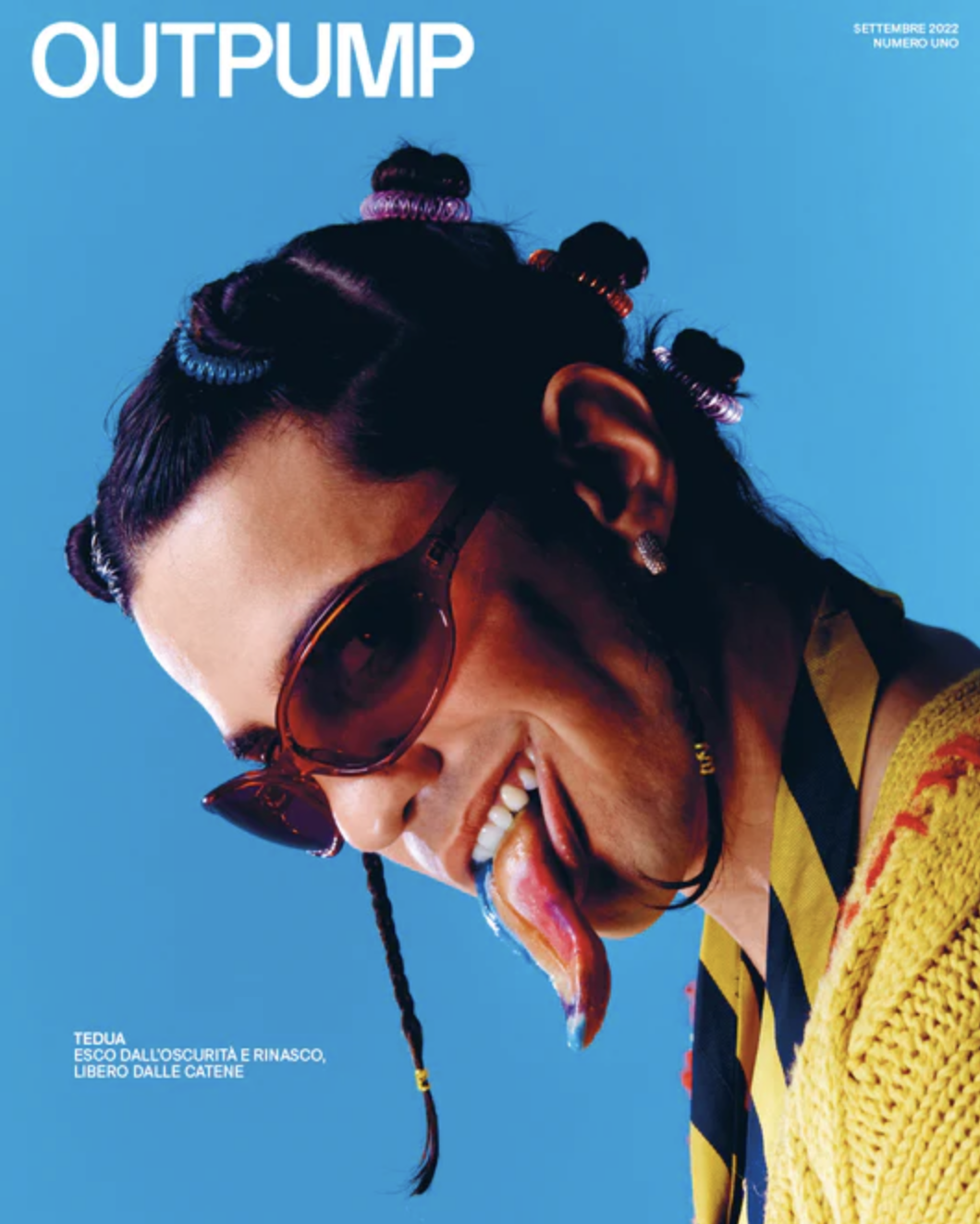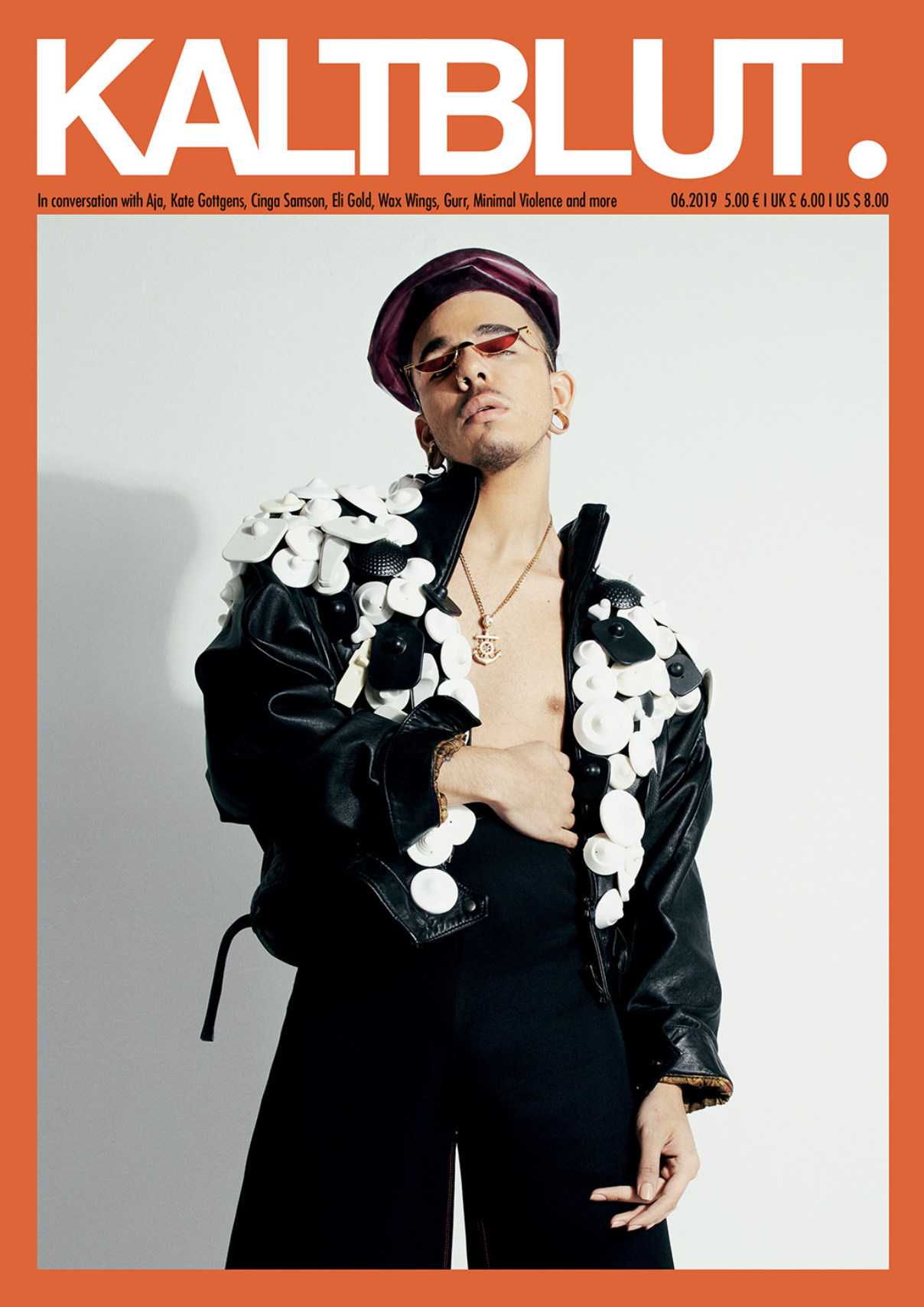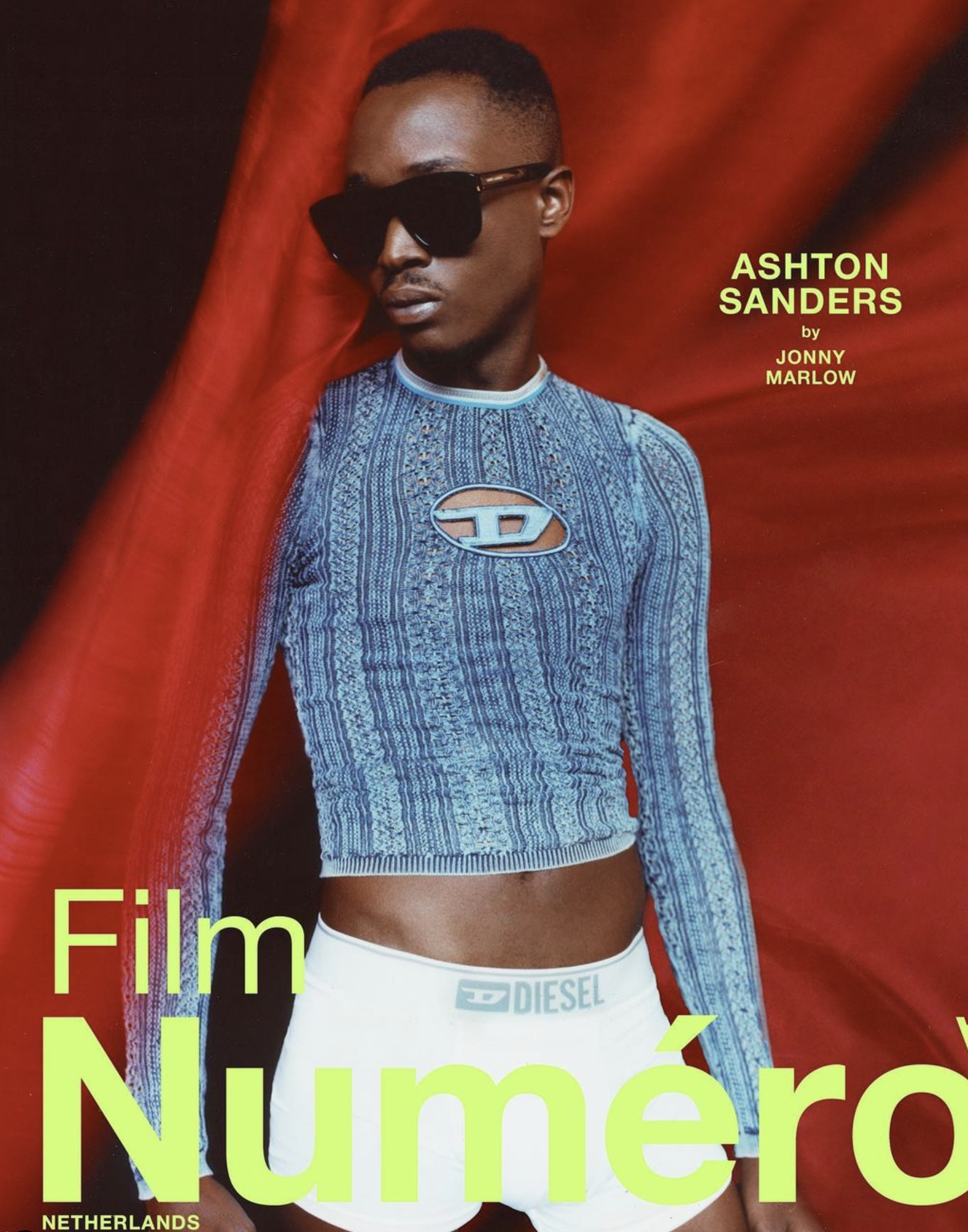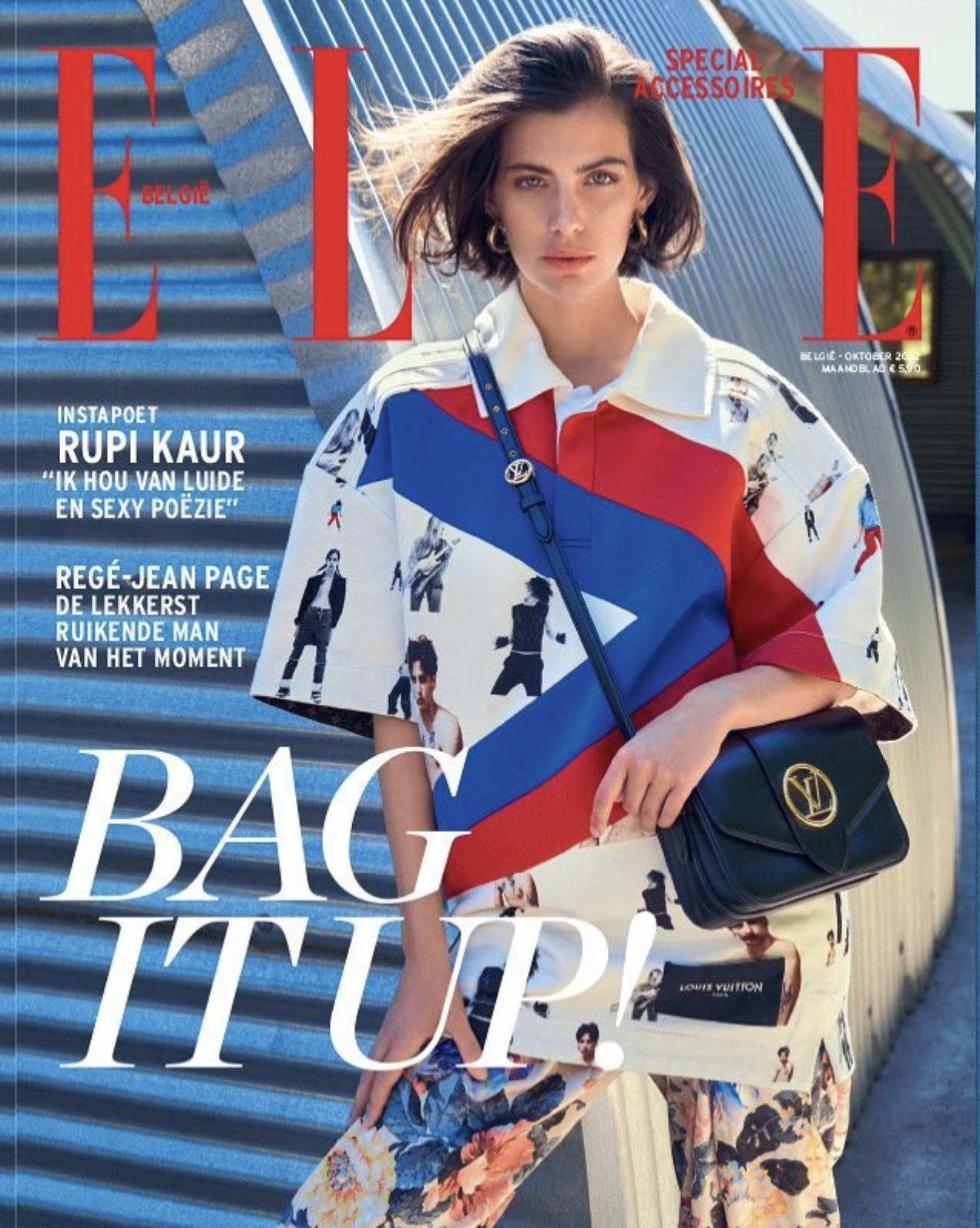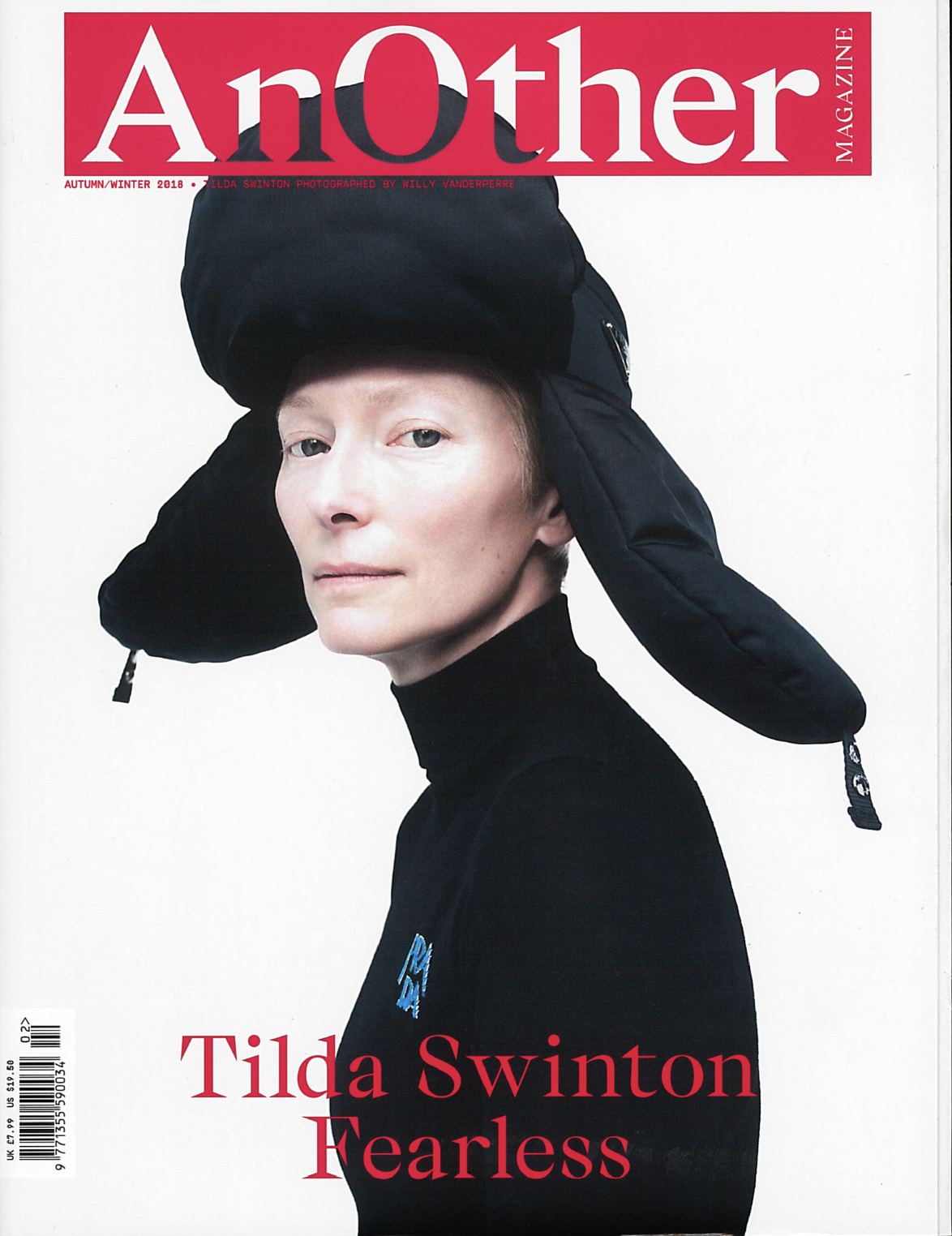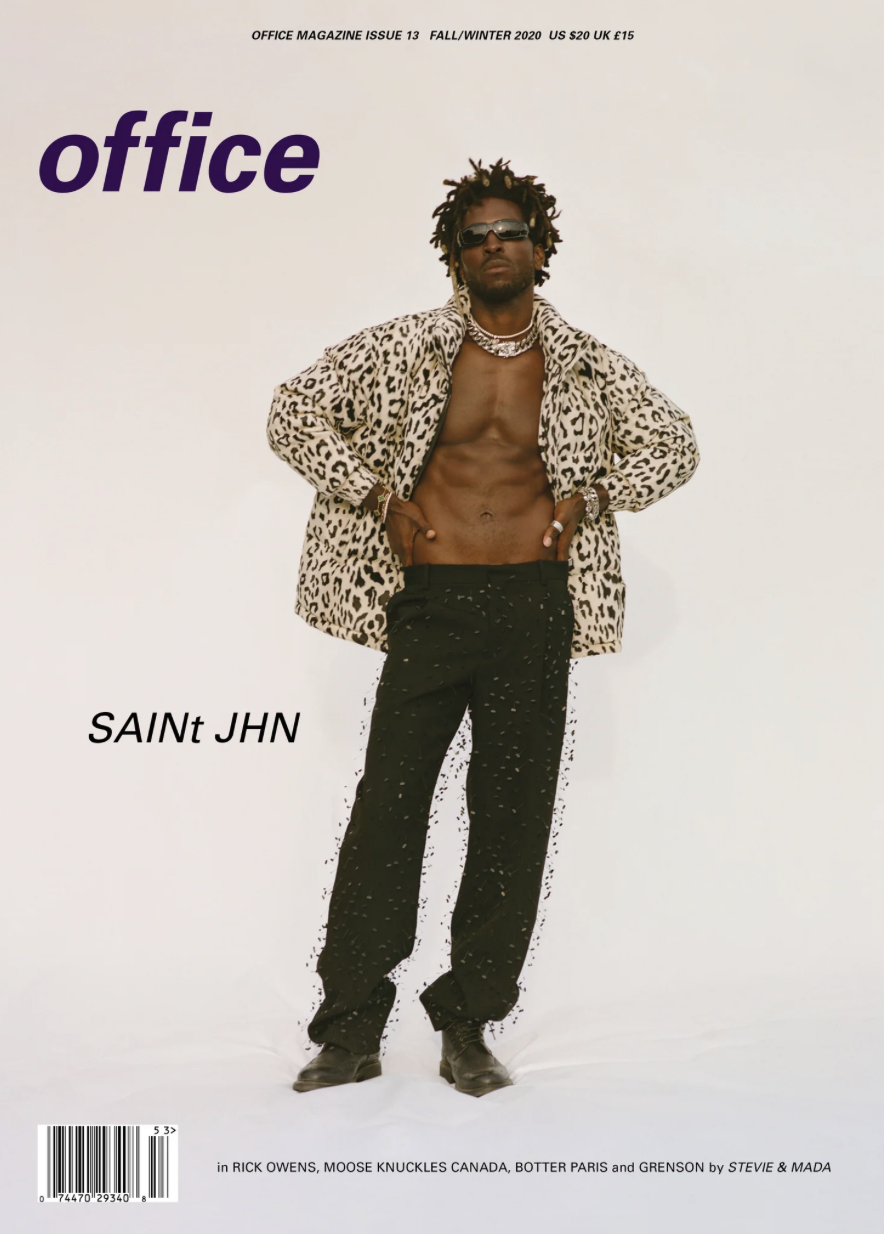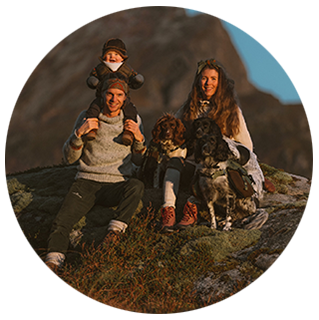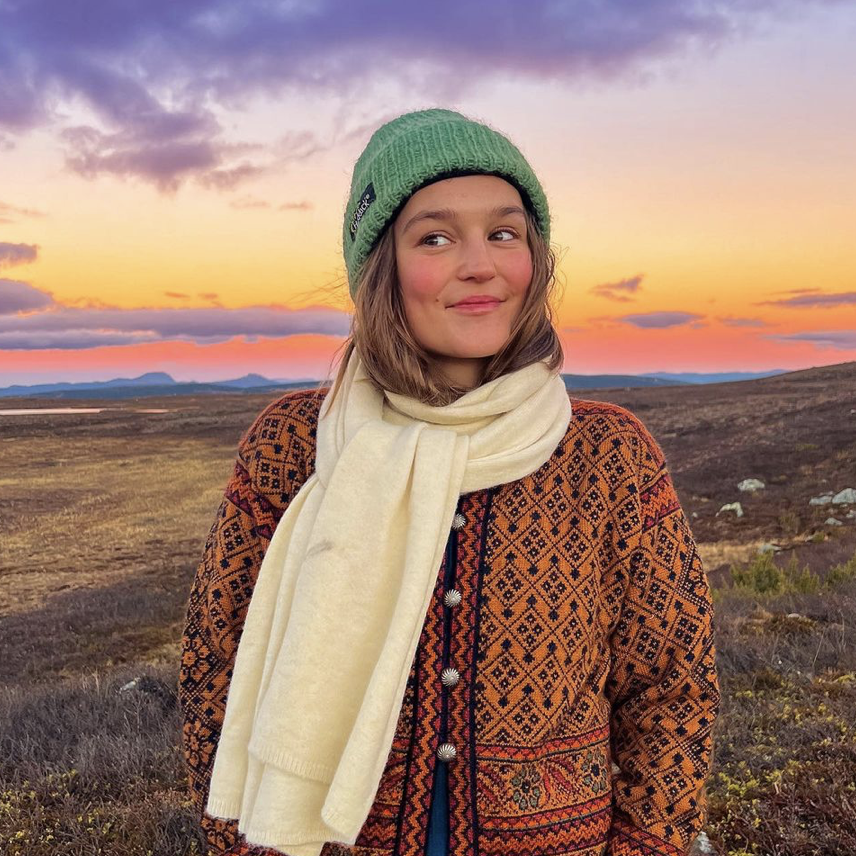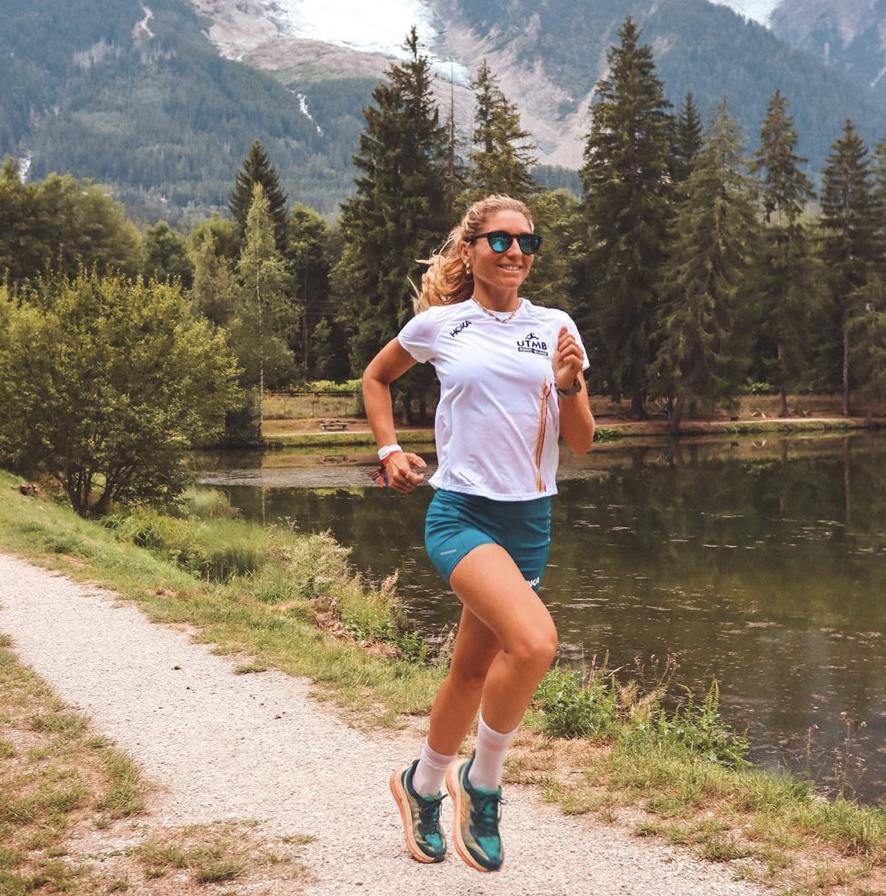Scandinavian style plays a pivotal role in transforming the fashion industry, as its influence breaks the borders of the Nordic countries. ‘Scandi Style’, branded by its A-line and androgynous silhouettes, is more than an aesthetic, but the embodiment of its humble...

Få suksess med influencer marketing i det offentlige
Få suksess med influencer marketing i det offentlige
Influencer marketing er en bransje i vekst, og mange bruker det i kommersielle sammenhenger for å kommunisere sine bestemte budskaper til spesifikke målgrupper. Men visste du at offentlige etater og organisasjoner også kan bruke det med fordel i for eksempel en opplysningskampanje?
 Louise Levi Verge har en master i medievitenskap fra 2017. Hun har vært ansatt i Represented by Bloggers Delight de siste fem årene som Senior Influencer Marketing Advisor og sitter i dag med rollen som Team Lead – Influencer Marketing. Her spesialiserer hun seg med å rådgive forskjellige brands og selskaper i influencer marketing.
Louise Levi Verge har en master i medievitenskap fra 2017. Hun har vært ansatt i Represented by Bloggers Delight de siste fem årene som Senior Influencer Marketing Advisor og sitter i dag med rollen som Team Lead – Influencer Marketing. Her spesialiserer hun seg med å rådgive forskjellige brands og selskaper i influencer marketing.
Utover dette jobber hun også med kampanjer innenfor det offentlige i samarbeid med eksempelvis kommuner.
Hvorfor bruke influencer marketing?
Mange unge ser på influenserne og deres kanaler som et slags nyhetsmedie. Det er nemlig her de får mye av deres kunnskap om verden, forteller Louise Levi Verge. Influencer marketing kan derfor være relevant å bruke hvis du står i en situasjon hvor du gjerne vil kommunisere et budskap i øyehøyde med mottakeren, eller til en yngre målgruppe.
Opplysningskampanjer med influensere
Represented har arbeidet med forskjellige opplysningskampanjer. De har for eksempel utviklet en kampanje for det danske helsetilsynet som skulle oppfordre en yngre målgruppe til å slutte med røyking. I forbindelse med dette forteller Louise hvorfor influencer marketing er et effektivt redskap i en opplysningskampanje som denne.
– Det er en god måte for å opplyse forskjellige forbrukere om emner på en personlig måte, hvor man ofte føler at mer tradisjonelle medier retter pekefinger, utdyper Louise Levi Verge.
Influencer marketing er et godt sted å starte hvis du ønsker å formidle et viktig budskap med en personlig historie sier Louise Levi Verge. Når influensere formidler et budskap kan de hjelpe med å rette oppmerksomhet mot et emne på en autentisk og mer jordnær måte takket være deres relasjoner med følgerne.
Valg av influenser
– Når du i offentlig sektor skal formidle et budskap med en influenser er det viktig å velge en profil som når ut til den ønskede målgruppen. Det er derfor relevant å se om influenseren har noe på hjertet som relaterer seg til budskapet som skal kommuniseres, forteller Louise Levi Verge.
Det er dermed viktig å finne den riktige influenseren til ditt budskap. Hvis influenseren har en særlig relasjon til emnet som kommuniseres vil det også skape større troverdighet og appellere til din målgruppe.
Visste du at vi har mange influensere i Vocast sin database?
Du finner influensere på våre kuraterte lister som samler pressekontakter etter bestemte emner – og du kan også alltid søke dem frem selv i kontaktdatabasen.
Gi plass til kreativitet
– Man må tørre å slippe taket og gi ansvaret videre til influenserne. I siste ende er det influenserne sine egne ord som skal ut, sier Louise Levi Verge.
Når influenseren formidler budskapet med sine egne ord blir det mer direkte og personlig. Budskapet skinner derfor mer klart gjennom for følgerne, og er lettere å relatere til. La influenserne være selvstendige og gi dem ansvaret, selvom det kan være utfordrende og grenseoverskridende når du vil sikre deg at alle opplysninger blir formidlet korrekt.
Louise Levi Verge poengterer likevel at at du fortsatt kan gjøre det klart og tydelig hvilken retning du vil ha på samarbeidet og hva hovedbudskapet er. Det sikrer at avsenderen fortsatt har stor innflytelse på kommunikasjonsarbeidet. I følge Louise Levi Verge kan du alltid kreve å se innholdet innen utgivelsen for å sikre at influenseren ikke sier noe som er feil.
Du kan derfor bruke influencer marketing med fordel for å formidle et alvorlig budskap i en opplysningskmapanje. Det kan både være enklere og en mer effektiv måte å nå bestemte målgrupper. Influenserne kan nemlig hjelpe deg med å skape troverdighet og deres autensitet kan bidra til at du kan kommunisere på en helt ny måte.
Tre ting du skal tenke på før du starter med influencer marketing i offentlig sektor
SIGN UP TO OUR NEWSLETTER
Get free knowledge on how to optimize your B2B marketing & new product releases.

Artikkelen er oversatt av vår norske researcher Anna Maud T. Hersvik.
RELATED POSTS
This is why Scandinavian fashion is here to stay!
The Podcast Medium and Its Use in Communication
Podcasts are not a new phenomenon but have experienced a significant increase in both interest and the number of active podcasts over the last five to ten years. This trend is evident both in Denmark and internationally. Along with the increase in active podcasts, the...
The Rise of Maximalism
The mantra ‘less is more’ has long been celebrated in interior design, emphasizing the beauty of simplicity and minimalism. However, a different design philosophy is taking over, known as maximalism. This vibrant style stands in contrast to the minimalist trends that...







